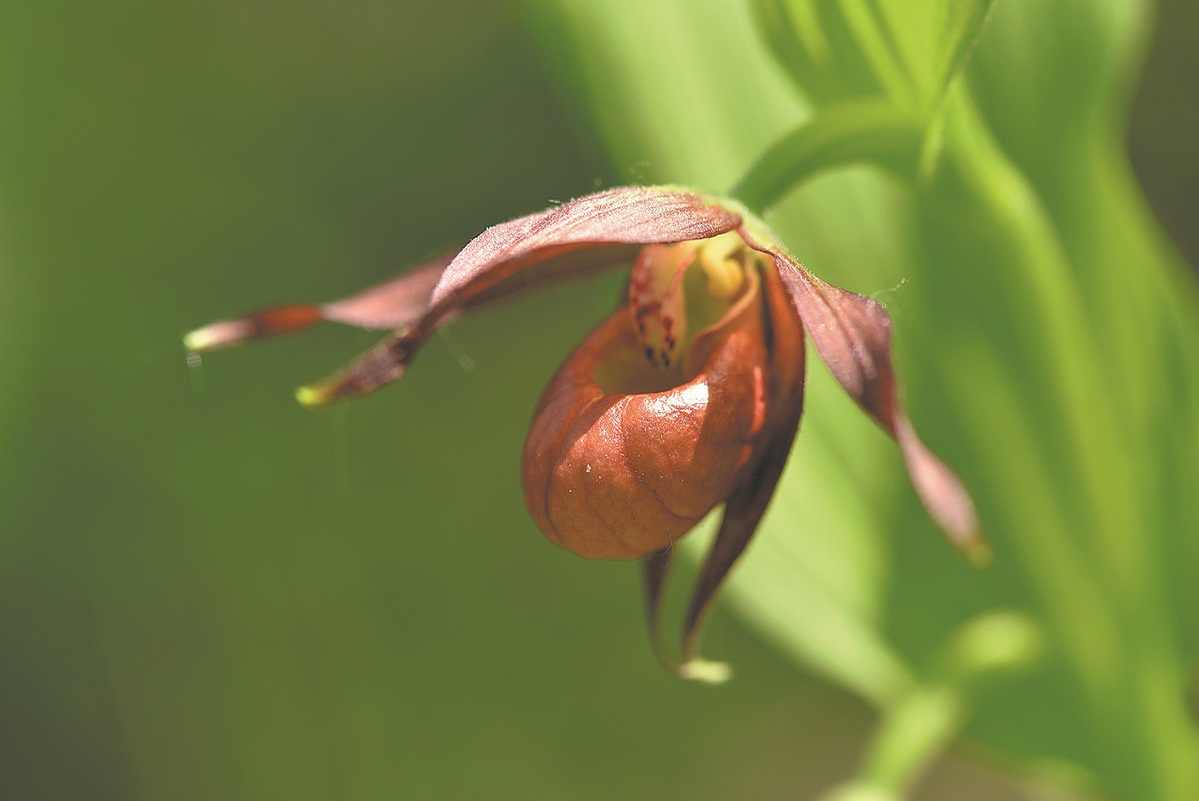Hobbyists on mission to discover new and lost flora
Hikes in mountains surrounding Beijing yield rich haul of plant species


Chasing blooms
In 2021, Xue began organizing flower viewing tours, taking people who are interested in plants and flowers to the mountains around Beijing, and explaining to them about parts of the flowers they don't usually notice.
"People observe a flower, likely captivated by its striking hue. However, we can go beyond that by dissecting the flower, to explore its peculiar and unique structure. Such expeditions offer the possibility of getting to know new species," he said.
"We, as hobbyists, can travel to new places, discovering different florets by accident, which also provides a new window for experts to engage in further research of the variety," Xue said, adding that in recent years, most of the new plant species discovered in Beijing have been initially found by enthusiasts and then collected and verified by experts.
Beijing lies in an area marked by steep slopes in the northwest and low flat terrain in the southeast. Around 61 percent of Beijing is mountainous. In the far mountainous outskirts, seasons usually arrive about a month earlier than in the city area.
Yet, time seems to slow down in the wild nature, as many unnoticed plants take their time to grow, absorbing energy from the natural environment.
"People like flowers," said Mu. "In fact, flowers are supposed to grow naturally. It's just that due to human activities and other factors, it has become rare for us to see these blooming in the wild."
He remembers the first time he encountered the woodland grass called Gentianopsis contorta, a flower that blooms in the autumn of North China.
The small flower thrives only in densely shaded woodland environments, and leisurely blooms toward the end of August.
Due to its late blooming and secluded habitat in the mountains, few people encounter it. The Gentianopsis contorta in Beijing was not found until 2012 and was officially recorded in 2014.
The appearance of flowers in the mountains is an indicator of the health of the forest it grows in and its ecological environment.
Speaking about the myco-heterotrophic orchid endemic to North China called Holopogon pekinensis, Mu said that many organisms are connected to it. The small flowers grow in mixed deciduous forests, under various broad-leaved canopies in rich and moist environments. Fungi in the soil provide energy to it, which requires the diversity of fungi in the soil to be high for good vegetation. Plants and microorganisms continue to support each other for the cycle of life in the forest.
Mu also said that in a place with such rich biodiversity, local surveys including monitoring information about the flowers are crucial. Only by collecting the evidence can decisions be made during the balancing act between development and conservation.























